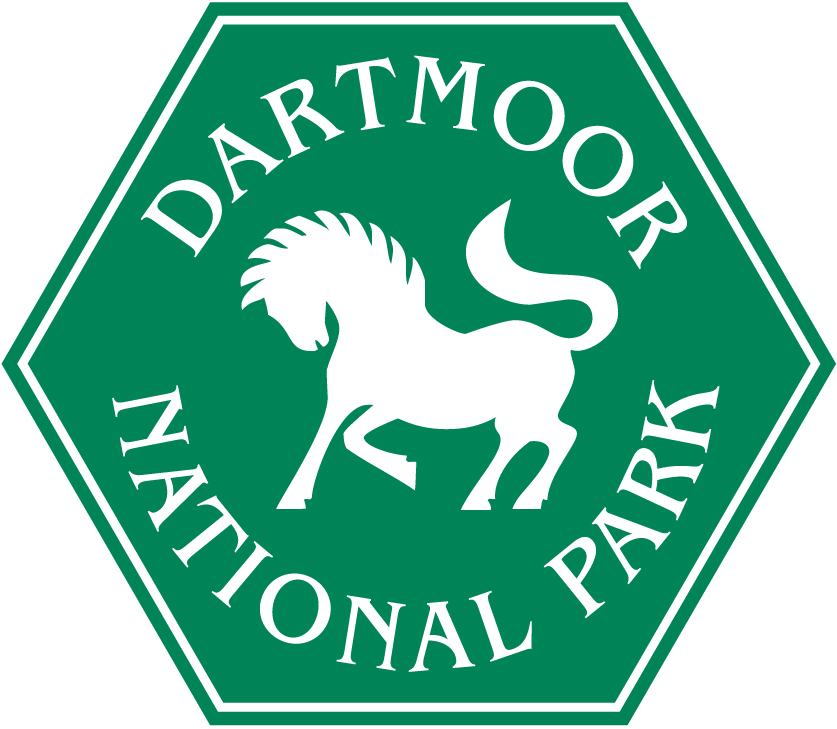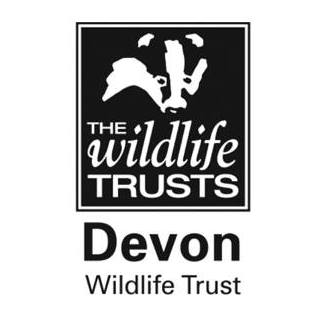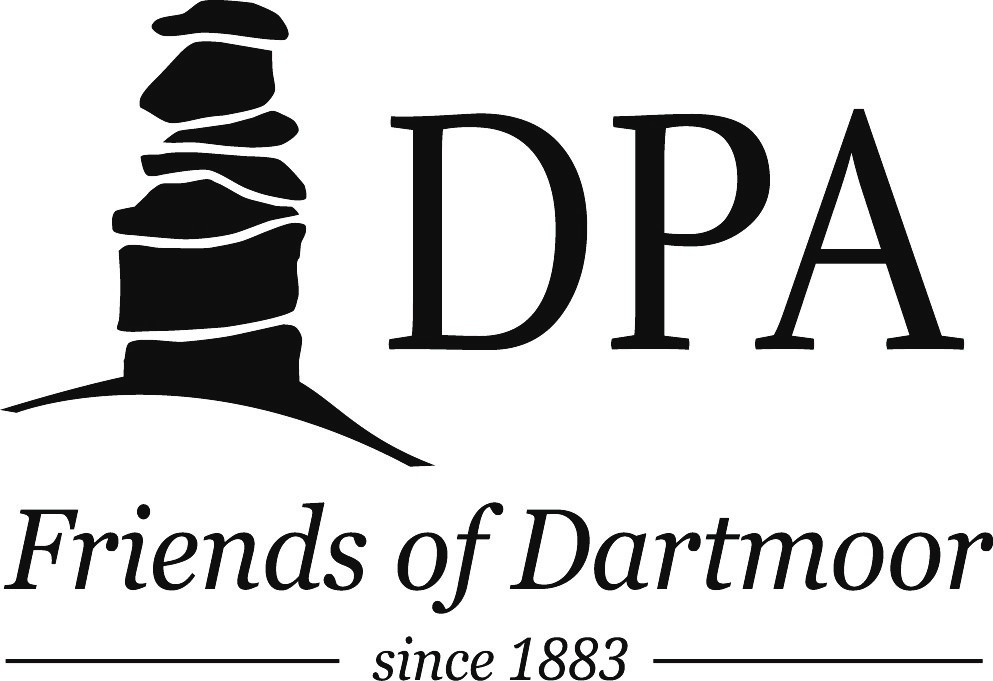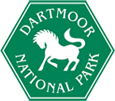Wetlands
Dartmoor’s wetlands include bogs and mires, rhos pasture and wet woodlands and are internationally important because they are so rare on a global scale.
The Magnificent Mires partnership project celebrated the fascinating, unrivalled natural and cultural heritage of one of Devon’s least known landscapes – the internationally important blanket bogs of Dartmoor.
In this film, delve into the depths of a bog to find out why this habitat is so important
Most visitors to Dartmoor are attracted by the tors and torrent streams, but what lies at the heart of the moors is a little known world of remarkable plants and rare wildlife.
Carnivorous sundews and butterworts lurk amongst the blanket bogs, trapping unsuspecting insects; wading birds come here to breed including the world's most southerly population of breeding dunlin; and sponge-like sphagnum mosses in shades of green, gold and red create a bouncing blanket across the land.
Blanket bogs also help us
Blanket bogs are located at the headwaters of many of Devon’s larger rivers including the Dart, Tavy, Taw, and Teign. The sphagnum moss which makes up the bog has amazing absorption properties. In times of heavy rainfall, the moss soaks up water and then delivers clean, naturally filtered supplies in times of drought. Peatlands are also a vital carbon store; Dartmoor alone stores an estimated 10 million tonnes of carbon in its peatland soils which is equivalent to an entire year of carbon dioxide emissions from UK industry.
A habitat under threat
In the past, activities such as peat cutting, over-grazing and burning, military usage and recreation have caused damage and erosion. As the habitat degrades, the ability of the bogs to deliver the services vital for local communities declines. Reduced biodiversity, poor water quality, carbon release and the loss of important historic records which span millennia are all a result of bogs drying out and eroding.
The good news is that today’s farming and landowning custodians are working hard to manage the blanket bogs for people and for wildlife.
Discover Dartmoor's magnificent mires for yourself with these walking routes:
Combestone Tor to Aune Head Mire
Fernworthy Reservoir to Winneys Down
The Magnificent Mires project was led by Devon Wildlife Trust in partnership with Dartmoor National Park Authority, Dartmoor Preservation Association and The Duchy of Cornwall. The project was supported from October 2016 - October 2017 by the National Lottery through the Heritage Lottery Fund.





Discover more of the Dartmoor Story
Moor than meets the eye has been supporting a project called Natural Connections to safeguard some of Dartmoor's wetland habitats.
Rhôs Pasture: Dartmoor National Park Authority owns an area of Rhôs pasture visible from the back of Haytor Visitor Centre which is home to the rare bog hoverfly. A conservation grazing herd of Dartmoor ponies are brought up to the site each summer to maintain an uneven tussocky ‘sward’ at the end of the grazing season to encourage a rich variety of flowering plants.
Valley Mire and Wet Woodland: Visit Devon Wildlife Trust’s Emsworthy Mire nature reserve and walk along it boardwalk and trails
Blanket Bog: Call into Postbridge Visitor Centre to find out about Magnificent Mires self-guided walks and trails visiting bogs and mires on the high moor. Also visit the Devon Wildlife Trust website for more information about the Magnificent Mires project and to download walks.
Find out more about Dartmoor's amazing wildlife habitats


